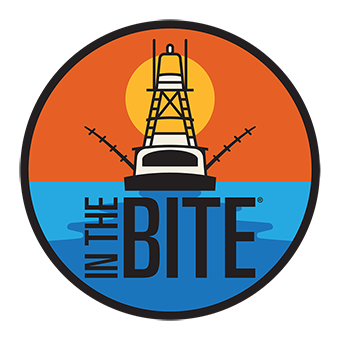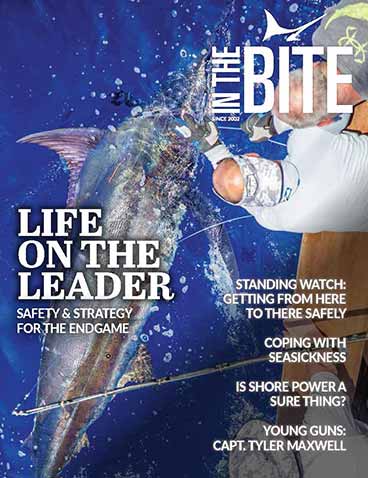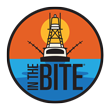Bucket List Galápagos: What You Need to Know
By Elliott Stark The Galápagos is such an amazing place that describing a trip to these islands is difficult. Whereas recounting the catch statistics in many places provides a pretty good indication of the experience, here it doesnt scratch the surface. Talking of only the number of giant ass striped marlin







